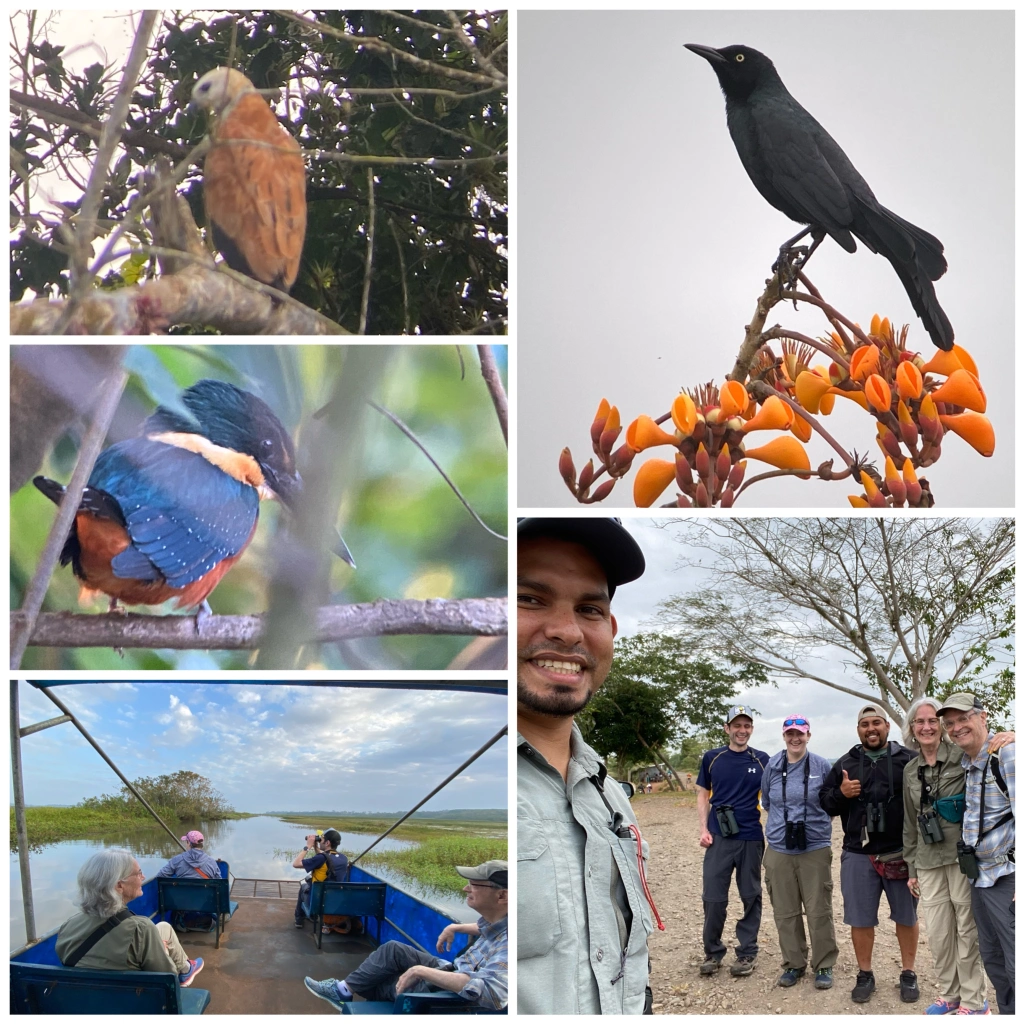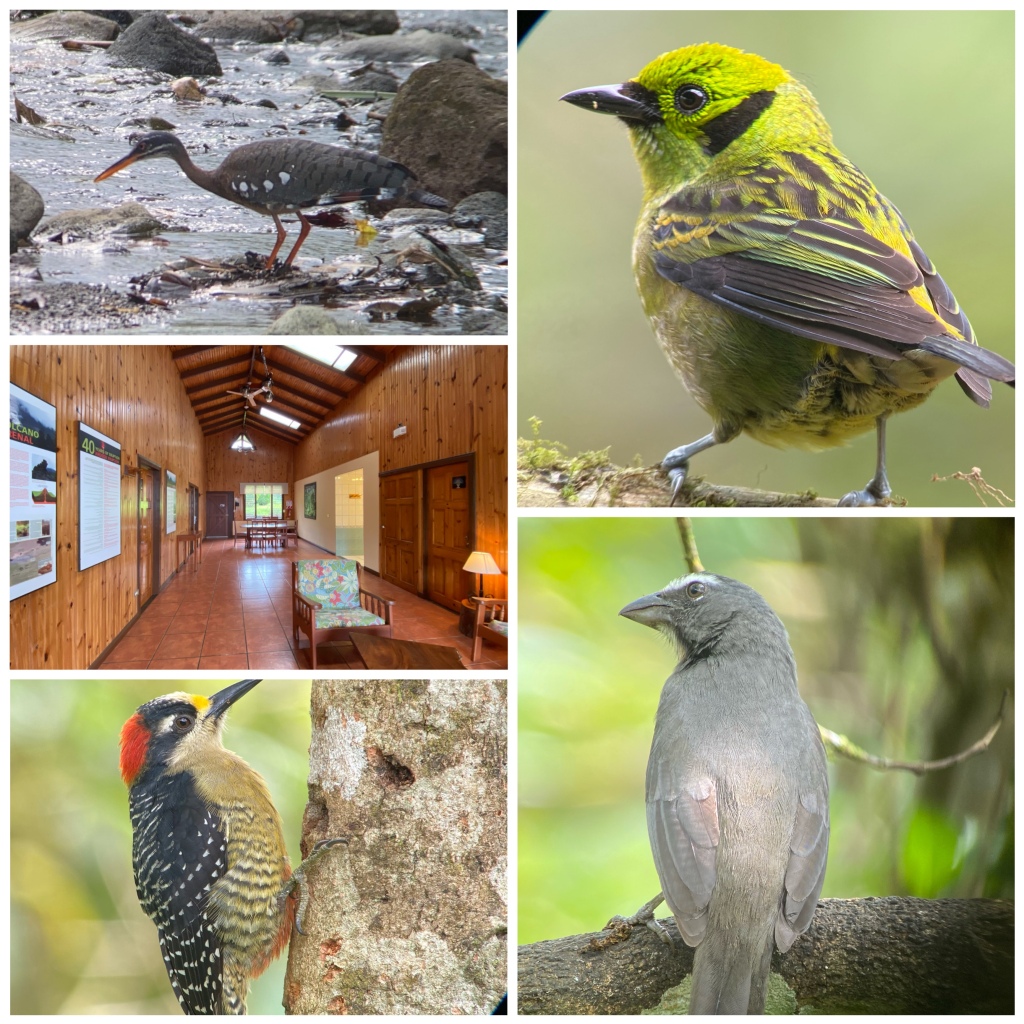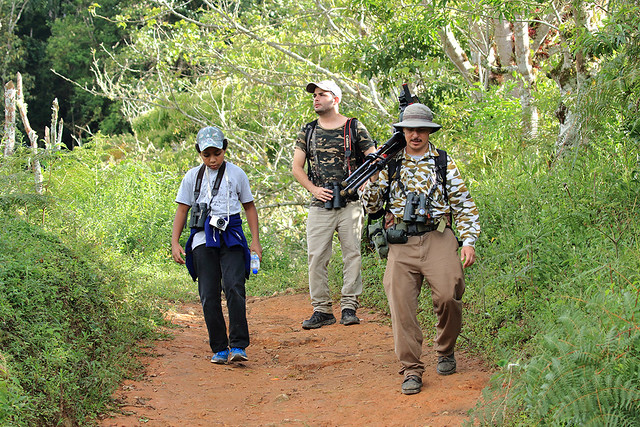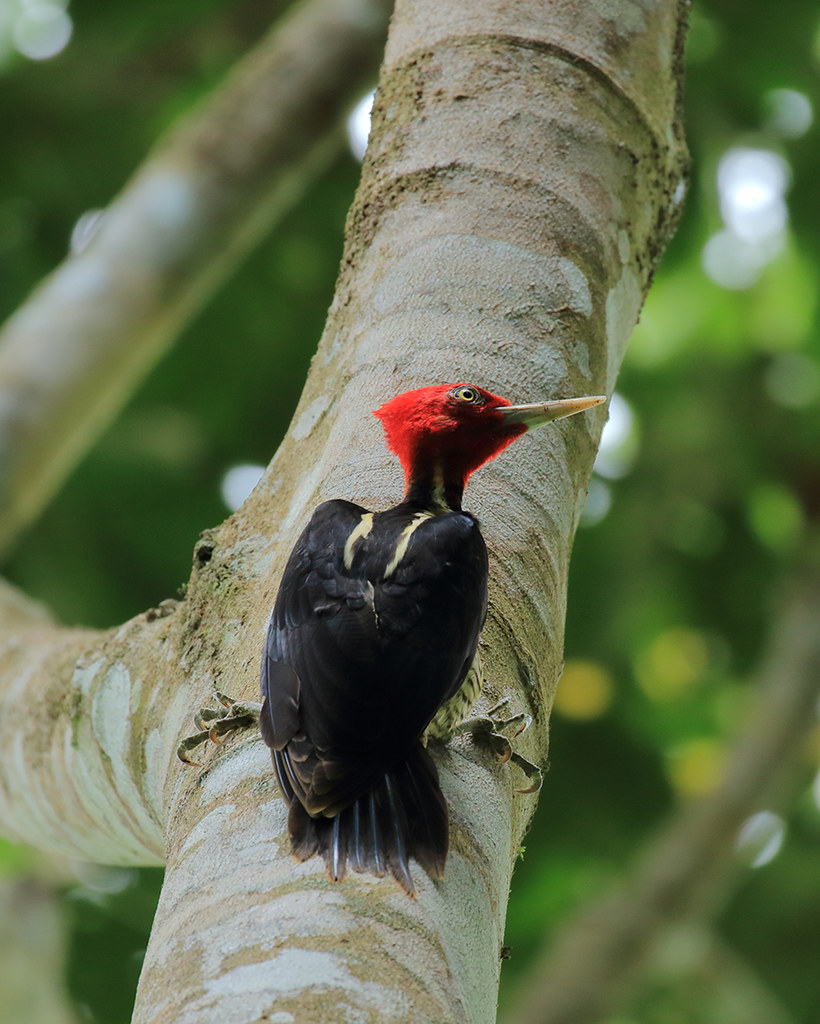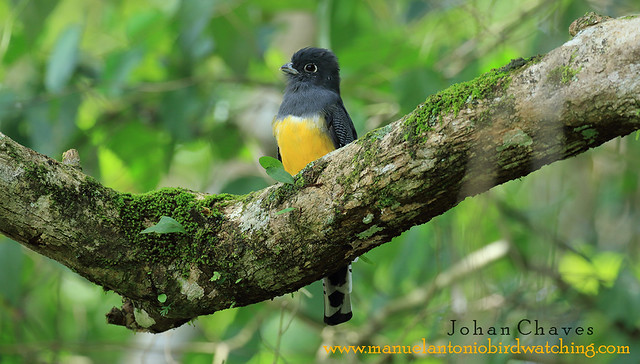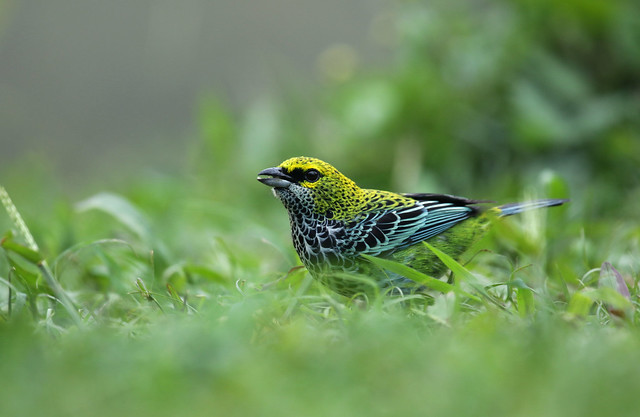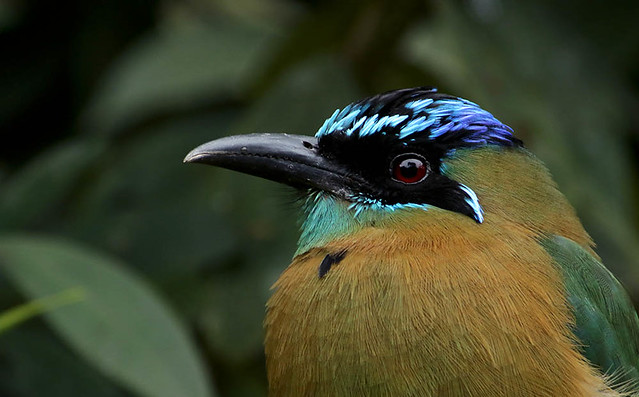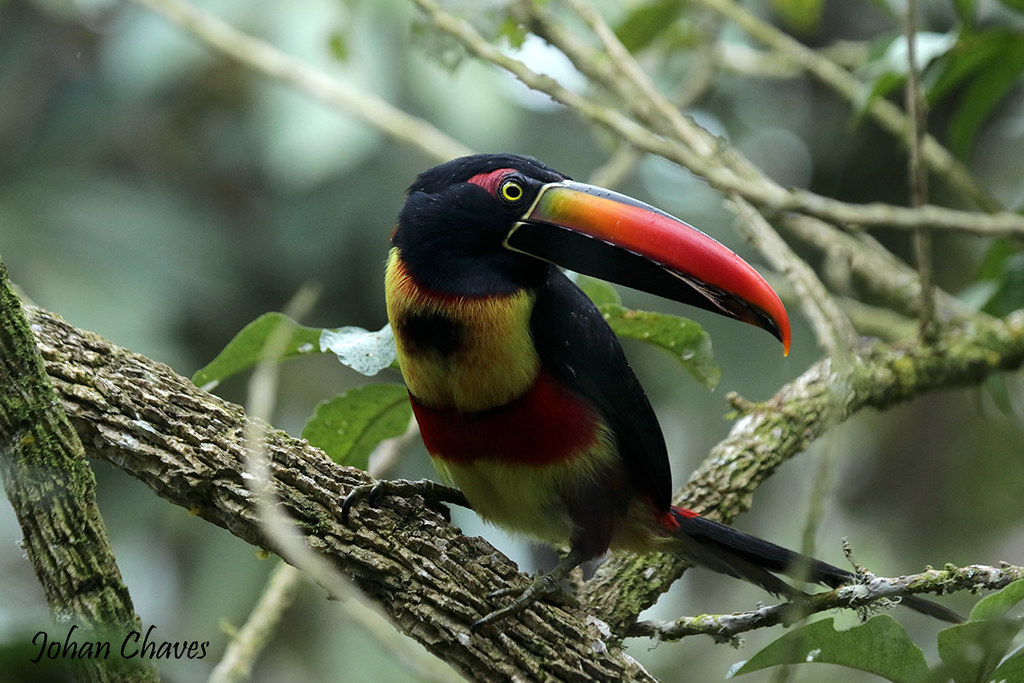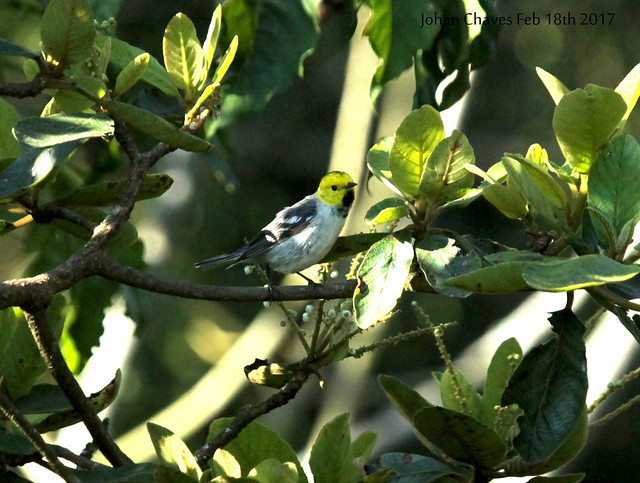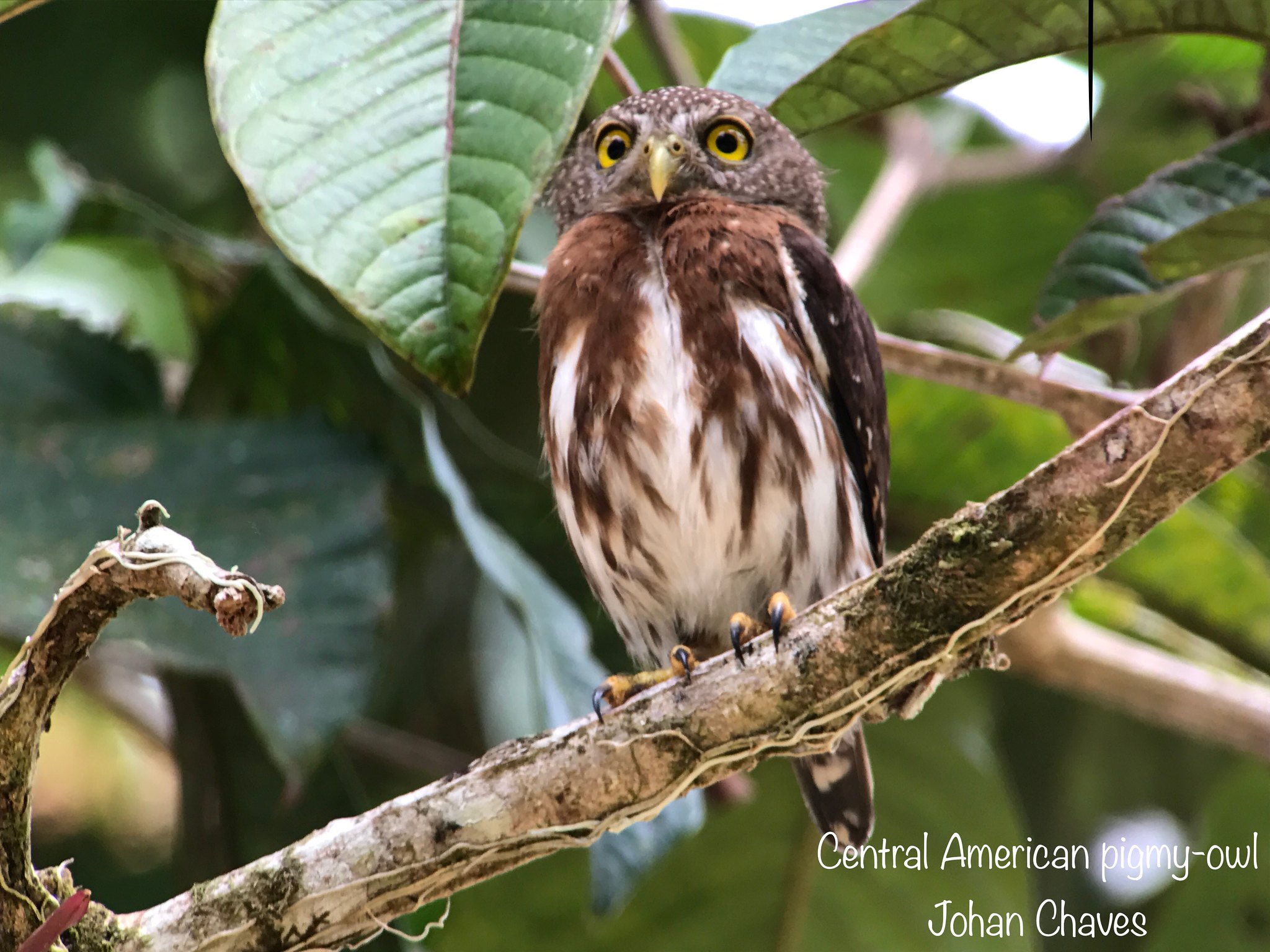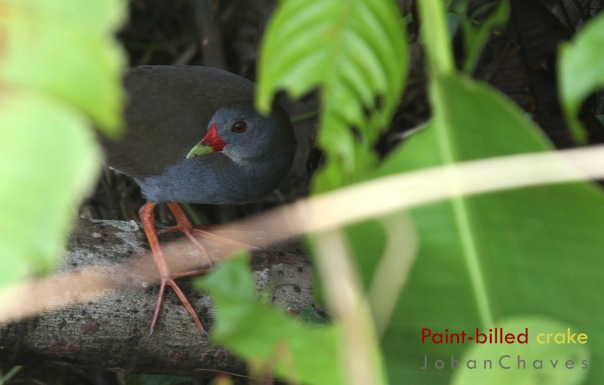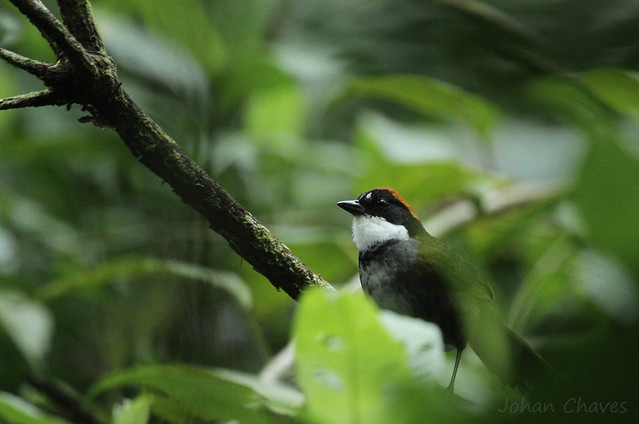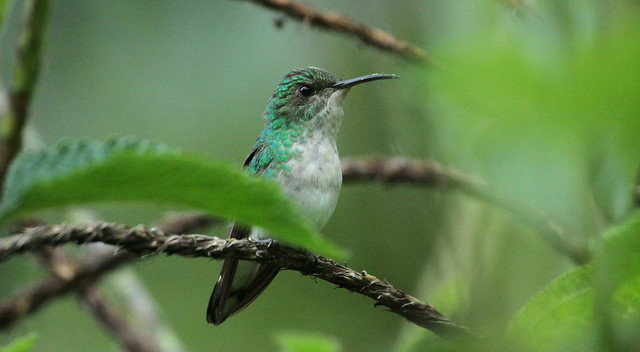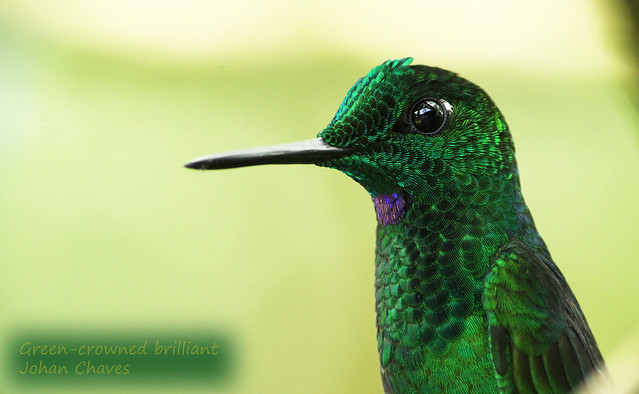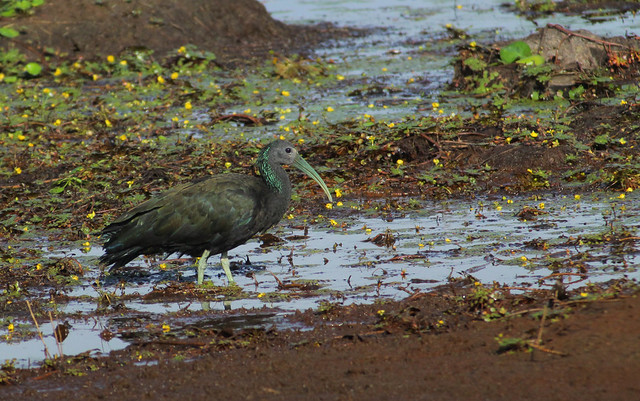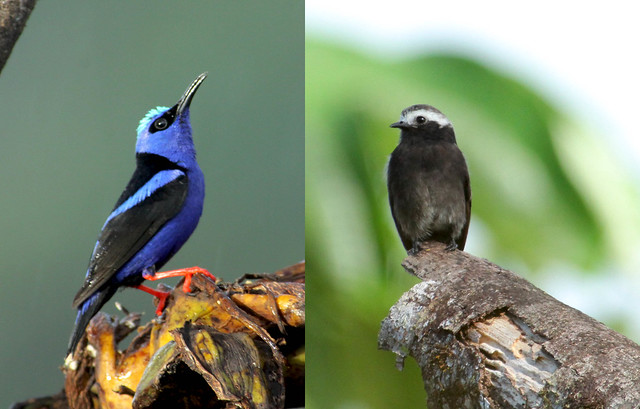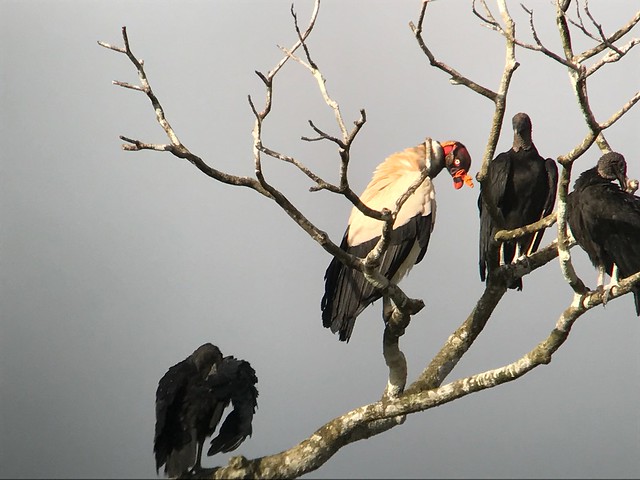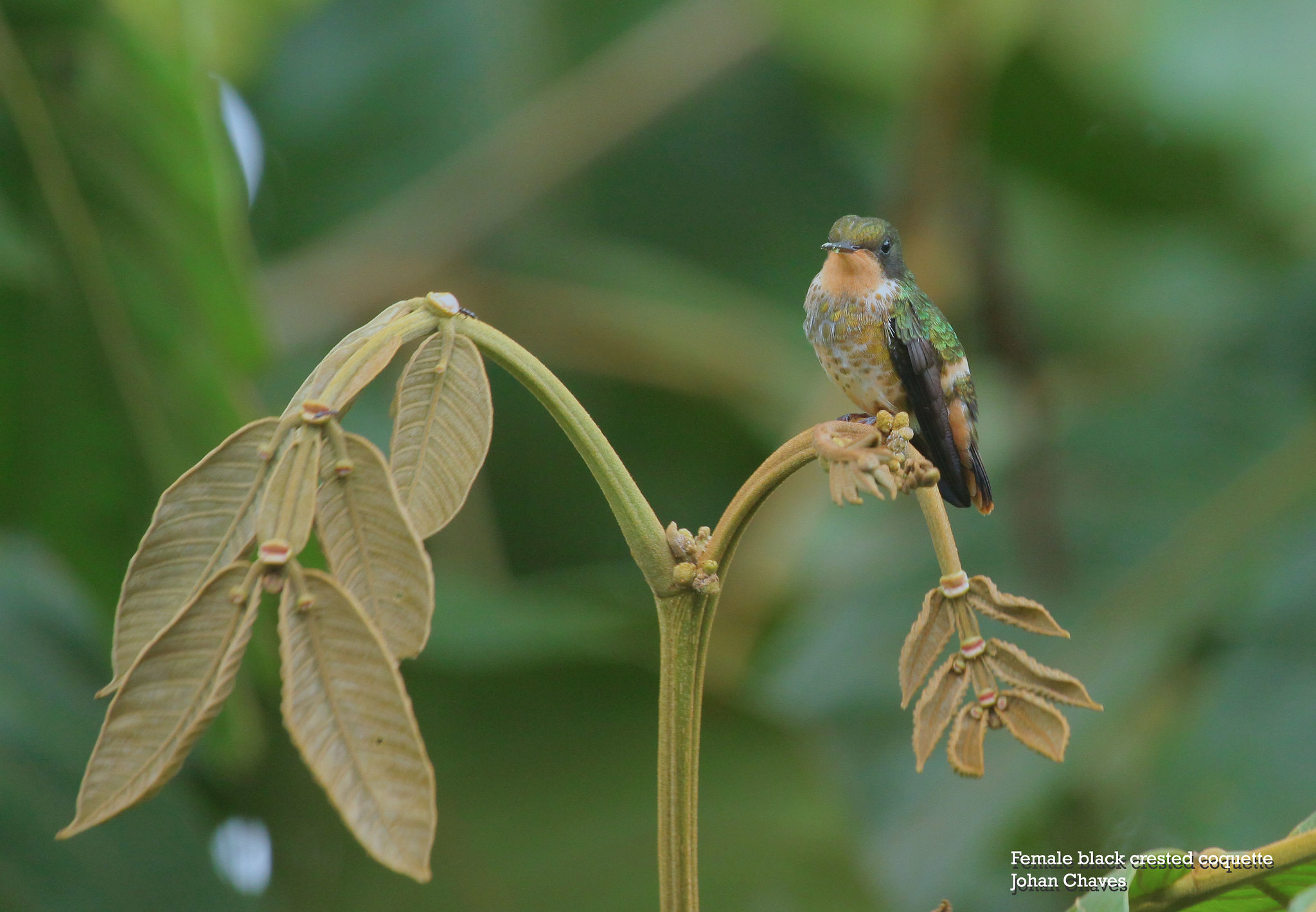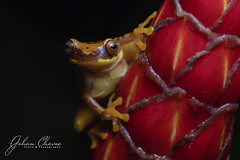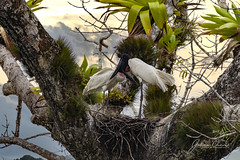On May 5th 2018 another Global Big Day was celebrated, I was able to join my friend Oscar Herrera and called our team “Solitary sandpipers”.
We visited La Marta Wildlife refuge, we left Manuel Antonio by midday and arrived by 7:00pm after some stops along the way. After dinner we immediately ventured into the forest to do some photography.
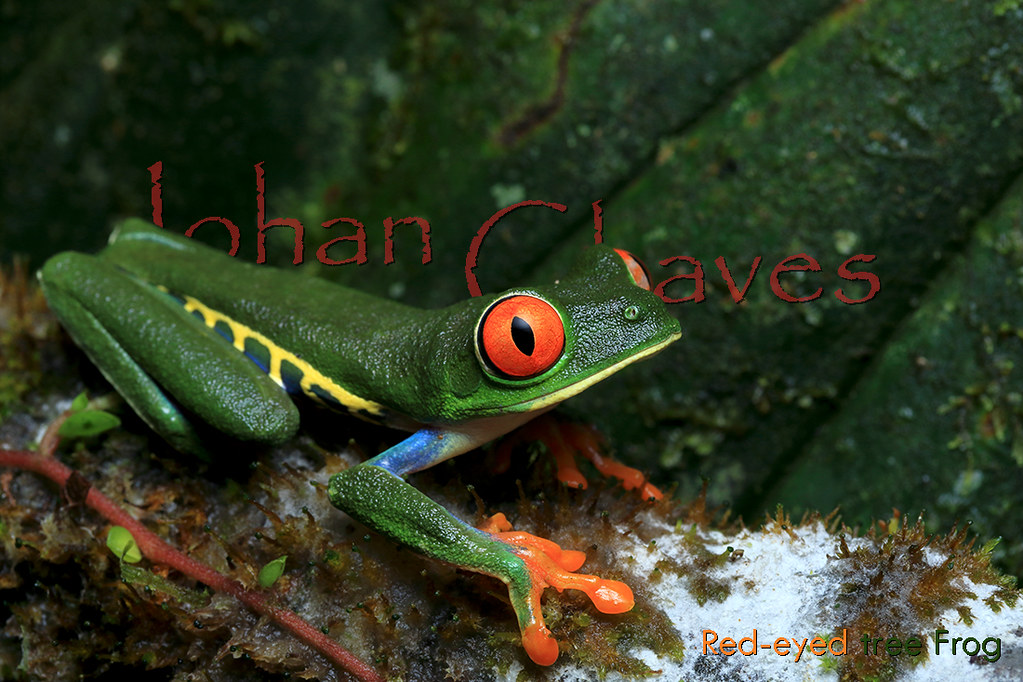
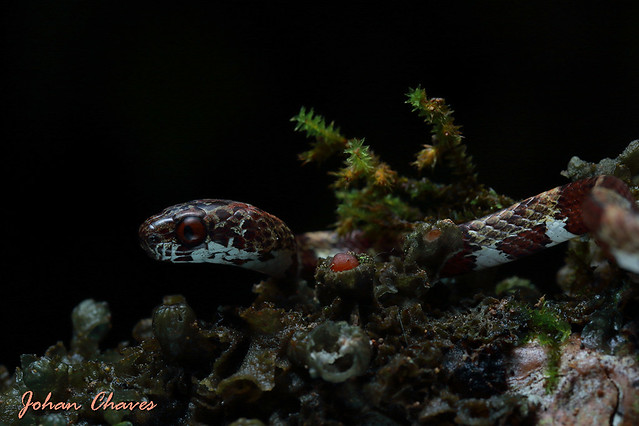
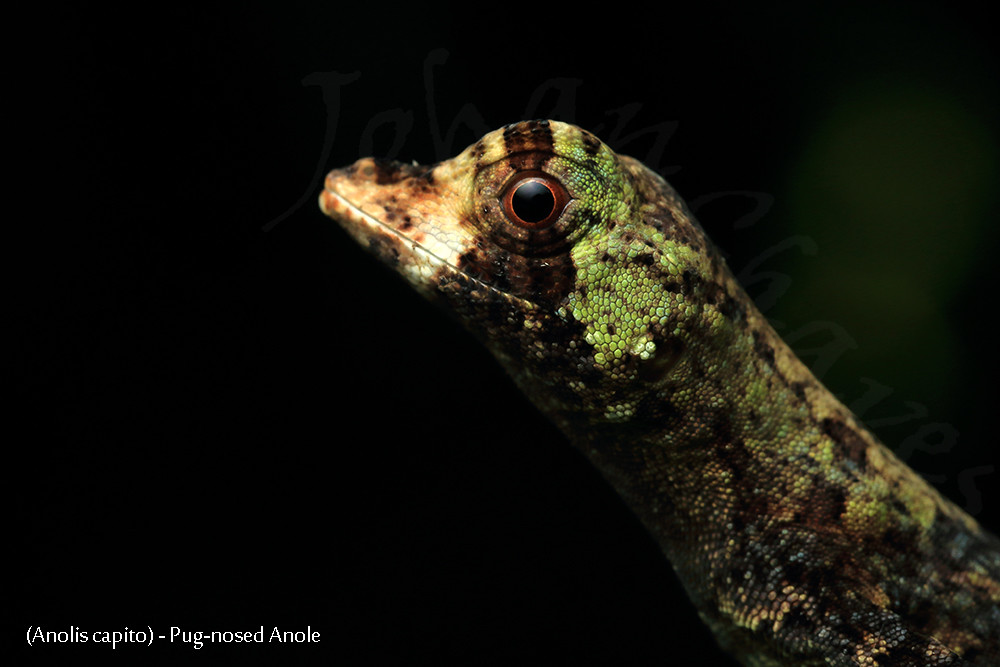
May 5th, up and ready just about sunrise. We were waken by the many birds near the open habitat right at the main building.
Tawny-crested Tanager, fairly common at this location.
The area by the gate and the road that leads towards the camping site is very, very productive, we got various flocks of tanagers where black and yellow tanagers and emerald tanagers were the highlights and also quite common. The flowers along the road produced snowcap, Bronze tailed plumeleteer, purple crowned fairy and crowned woodnymph. We found that spending the time here was quite good since it produced the largest amount of birds seen on the day thanks to the fruiting trees (Melastomataceae) on the area.
Black and yellow tanager
The forest at La Marta is quite interesting, La Marta is a large reserve and most of it used to belong to the Hacienda La Marta, a huge coffee and sugar cane plantation that used to operate between 1890s to 1920’s. One can still see the vestiges of what seems was a prosperous hacienda.
Most of the forest that can be accessed consists of advanced secondary growth, and the primary forest is quite far and we were told it would take 3-4hrs hiking to get to. Our expectations were a bit higher as we were comparing it with a nearby reserve; the amazing El Copal. However, this site is known as one of the best in Costa Rica for the rare Lanceolated Monklet, special thanks to PATRICK O’Donnell for the heads up! We got a bird reply to our playback and it flew over our heads, allowing only quick views but enough to count it in the GBD, however, we went back to the location and were able to see it, after a long and patience wait, this had been the second time I had seen this small, hard-finding bird.
Cellphone photo by Oscar H.
Snowcap
The lodging here is very, very simple (fine to us, and quite fun indeed), but if you are looking for some luxury this is not your place. We were the only ones and were able to use the kitchen to prepare our own meals, reservations must be made if you plan to stay here, however if you plan to visit for the day you can just drop by and pay the entrance fee, the road from the town of Pejiballe is in excellent conditions.
WARNING: If you plan to visit Tapanti NP after La Marta and are considering taking the short cut that leads towards El Copal, keep in consideration that the road to El copal is in excellent conditions, however, the road 3 km ahead of El Copal gets pretty bad, then it becomes a rally cross track (literally) we drove on it and I will NEVER will again, I just wish I knew that before.
This “mortal danger” warning sign did not stop us from birding
Oscar Herrera (right) and me at La Marta.


